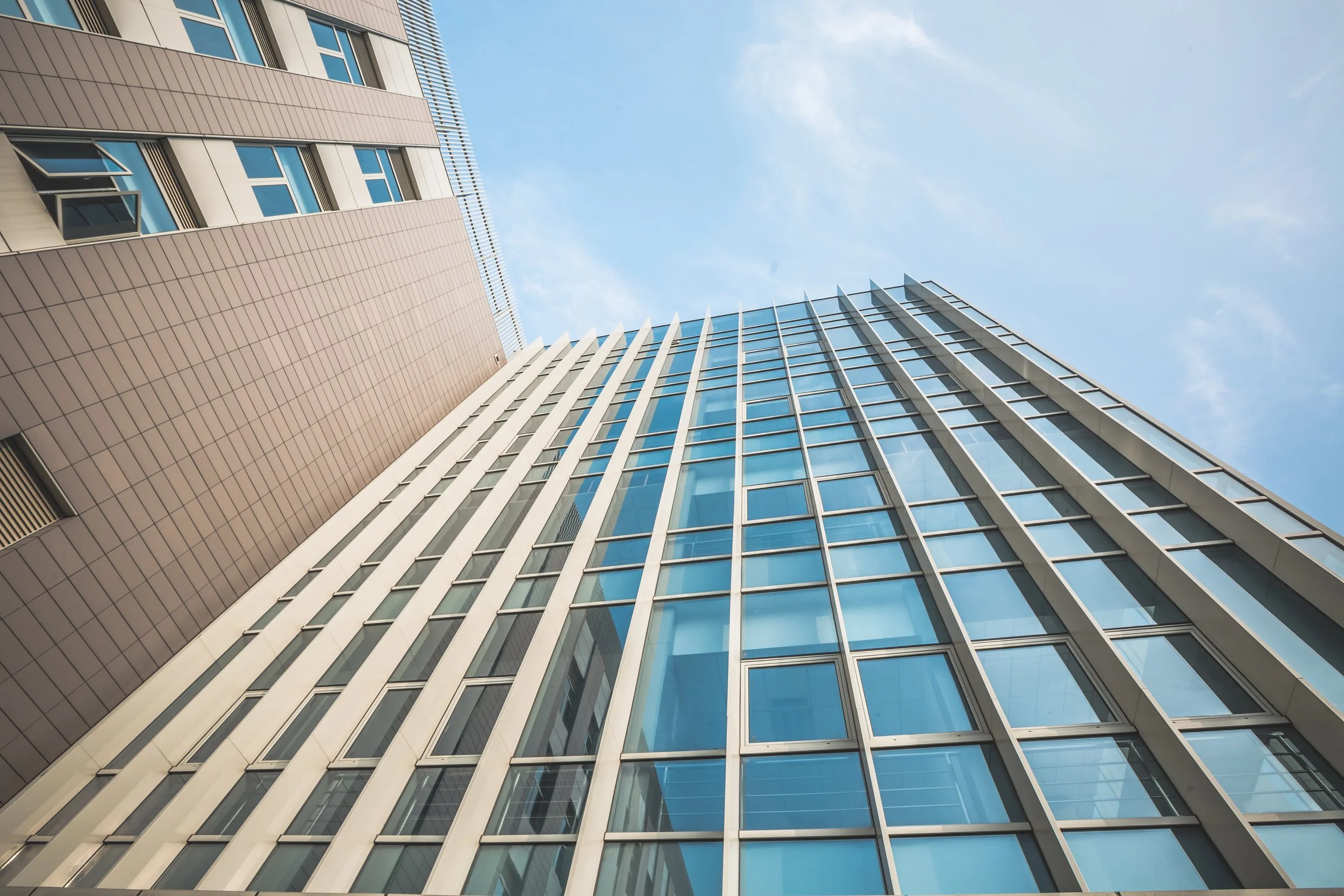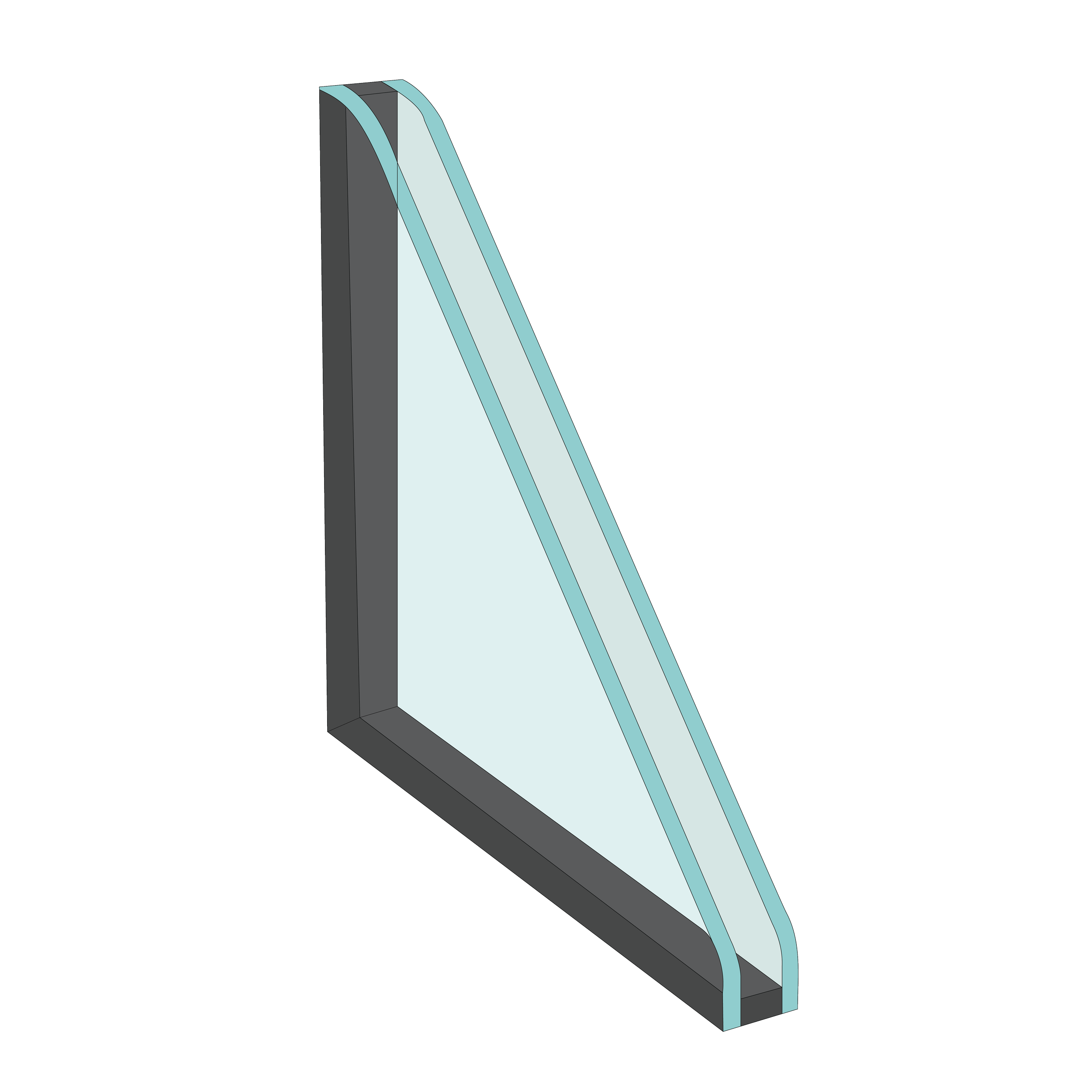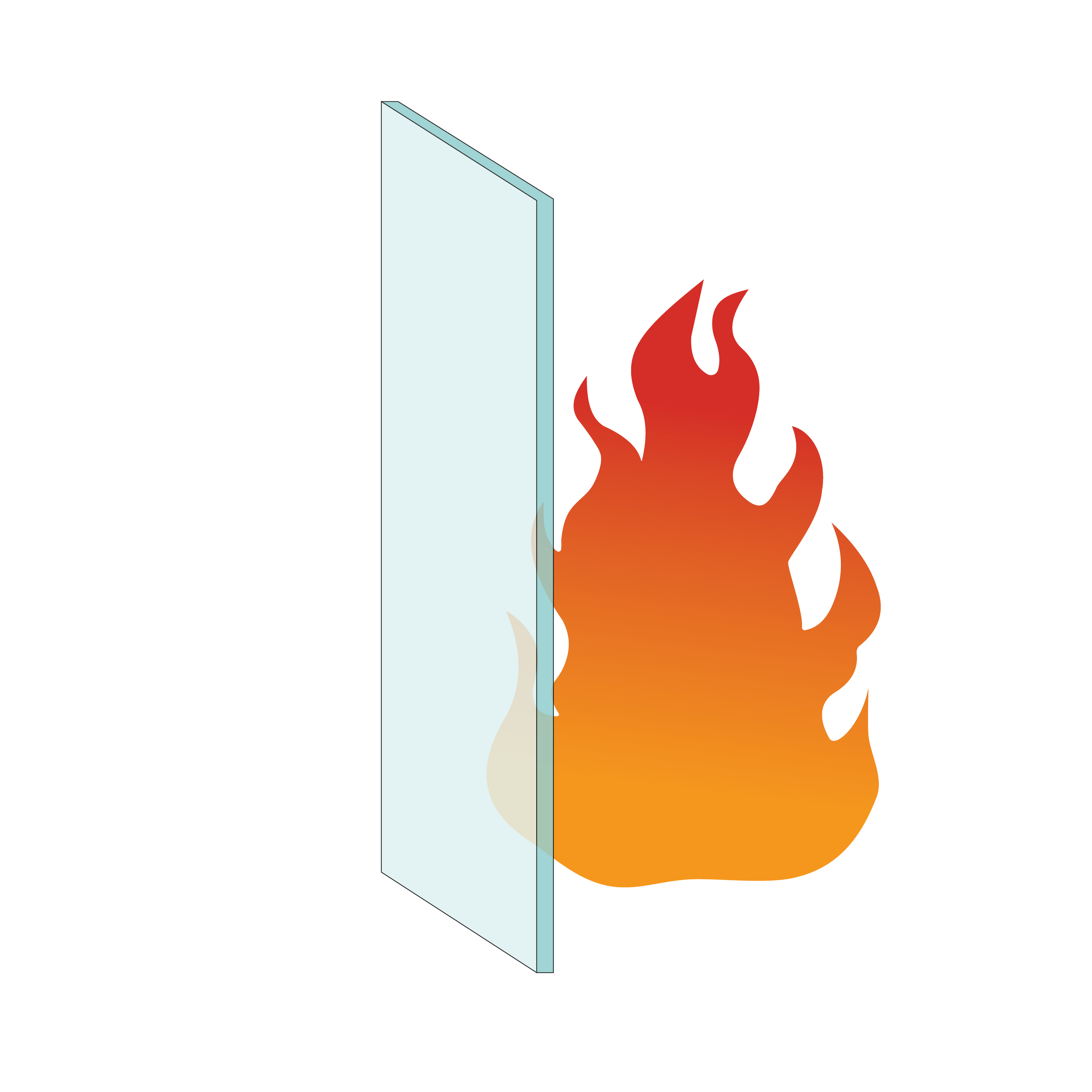Essential Guide to Understanding Glass Types
Whether you are a homeowner or builder, understanding the performance and options of windows and doors is crucial to making decisions.
A beautiful home with great windows is always appreciated, but choosing the right glass can be challenging. With all the options available, deciding which type of glass suits your needs can be difficult, especially when you are focused on frame styles and other details. To help you navigate this decision, we have compiled a helpful guide covering the different types of glass, their performance, and the variety of options you can consider for your project.
Thermal Insulation Single-Glazed
Plain White Tempered Glass
Strong Impact Resistance: The impact resistance is 3 to 5 times of ordinary glass. For example, it can withstand the impact of a small steel ball falling from a height.
Good Bending Resistance: The bending strength is also 3 to 5 times that of ordinary glass, providing a greater advantage when bearing bending forces.
Excellent Safety: When broken, it forms small, honeycomb-shaped, blunt-angle particles instead of sharp shards, reducing the risk of injury.
Strong Thermal Stability: It can withstand temperature differences about 3 times greater than ordinary glass, making it resistant to large temperature changes. For instance, it is less likely to break in environments with high-temperature fluctuations.
Prestressed Characteristics: The surface is under compressive stress, while the interior is under tensile stress. When subjected to external forces, the surface stress is first neutralized, enhancing its ability to resist wind pressure, temperature changes, and impacts.
Difficult Post-Processing: After tempering, the glass cannot be cut or ground. Shaping must be completed before the tempering process.
Dimensional Stability: The glass maintains stable dimensions during normal use, will not easily deform.
Optical Performance: The glass is translucent but not transparent, ensuring privacy. Light is diffusely reflected through vertical stripes, creating a soft, misty aesthetic. The visual stretching effect makes the space appear more spacious.
Decorative Appeal: With its inherent misty quality and elegant design, the vertical stripes add a sense of high-end fashion, making it adaptable to a variety of styles.
Physical Properties: Typically made from tempered or laminated glass, it has high strength, impact resistance, and is heat-resistant. It also has good resistance to dirt, though the striped grooves may accumulate dust and require regular cleaning.
Space Application: Ideal for flexible space division, it ensures privacy while maintaining transparency. It enhances the sense of depth and seamlessly integrates into various interior styles.
Double-Glazed
Moru Glass
Ultra-Clear Insulating Glass
High Light Transmittance: With a low iron content, the glass has a visible light transmittance of over 90%, providing natural and pure lighting and creating a bright and transparent indoor environment.
Excellent Thermal Insulation: The insulating air layer improves heat resistance, blocking heat in summer and retaining warmth in winter, outperforming standard insulated glass.
Good Sound Insulation: It reduces noise by 30 to 40 decibels, creating a quiet environment for homes, offices, and other spaces.
Anti-Condensation and Anti-Frost: The excellent thermal insulation minimizes the temperature difference between the inner and outer surfaces, keeping the glass clear even in cold and humid conditions.
Strong Safety: Made primarily from tempered glass, it is designed to withstand significant impact. When broken, it shatters into small pieces without sharp edges, significantly minimizing the risk of injury, providing dual-layer protection.
Aesthetic Appeal: With its sleek, clear design and contemporary aesthetic, it seamlessly integrates into various architectural and interior styles, adding both elegance and functionality.
Plain White - Insulating Glass (Low-E)
Outstanding Energy Efficiency: The insulating air layer provides thermal resistance, while the Low-E coating reflects heat. It retains warmth in winter and blocks heat in summer, stabilizing indoor temperatures and reducing energy consumption.
Good Optical Performance: The glass offers a balanced light transmittance, ensuring adequate daylight while blocking most UV rays, and protecting both people and indoor furnishings.
Excellent Sound Insulation: The insulated structure is designed to significantly minimize sound transmission, effectively reducing noise levels by approximately 30 to 40 decibels.
Effective Anti-Condensation: With strong thermal insulation, the structure minimizes heat transfer, reduces condensation and keeps the glass surface dry during cold and humid conditions.
High Strength and Safety: The double-layer structure offers high strength and impact resistance. When broken, the glass fragments pose a lower risk of injury, ensuring personal safety.
Plain White
Ultra White
Triple Glazed & Silver Coated
Triple Glazed Two Cavity Glass
Exceptional Thermal Insulation: With three layers of glass and two insulating cavities, the multiple layers of insulation and the air (or inert gas) in the cavities effectively block heat exchange, reducing energy consumption and stabilizing indoor temperatures.
Excellent Sound Insulation: Sound passes through multiple media layers, where it is reflected and refracted, reducing noise by 35 to 45 decibels and blocking out external noise.
Effective Anti-Condensation: With superior thermal insulation, it buffers temperature differences, preventing condensation and frost, and keeping the glass surface dry all times.
High Strength and Safety: The structure is stable and resistant to wind pressure and external impacts. When broken, the glass fragments remain intact and do not scatter, ensuring safety.
Good Optical Performance: It has adequate light transmittance, ensuring sufficient daylight and blocking ultraviolet rays to protect people and indoor furnishings.
Double-Silver Coated Double-Glazed Insulated Glass (Low-E)
Thermal Insulation and Energy Efficiency: The application of double-silver Low-E coating in a double-glazed insulated structure significantly enhances thermal insulation. The two silver layers effectively reflect solar heat radiation, reducing heat transfer. This leads to a noticeable reduction in air conditioning energy consumption during the summer and helps retain indoor heat in the winter. It outperforms single-silver Low-E double-glazed glass in energy efficiency.
Optical Balance: While ensuring sufficient visible light enters the interior, this glass better balances daylighting and sun shading. It’s lower shading coefficient softens the indoor lighting, creating a more comfortable environment. It also effectively reduces glare, offering more precise control over the indoor light environment. This makes it suitable for buildings that require high performance in both daylighting and thermal insulation, such as office buildings, schools, and other commercial structures, etc.
Durability: The chemical stability and physical properties of the double-silver Low-E coating are excellent. In a double-glazed insulated glass structure, it can maintain its optical and energy-saving performance for a long period, ensuring a longer lifespan.
Fire Rated Glass
E 30/60/90 min
E: Integrity classification, offers the base level of performance, which protects against smoke and flames.
Class C Composite Fireproof Glass: This glass consists of two layers of tempered glass with a composite fire-resistant interlayer (inorganic silicate-based). The interlayer is approximately 2mm thick. When exposed to fire, the outer glass layer may fracture and fall off, while the fire-resistant interlayer absorbs heat and expands, forming a foam layer. This not only ensures the fire resistance integrity but also helps to block some of the heat radiation.
High-Borosilicate Fireproof Glass: This type of glass is composed primarily of sodium oxide (Na₂O), boron oxide (B₂O₃), and silica (SiO₂), with a linear coefficient of thermal expansion of 4.0×10⁻⁶/K. The extremely low expansion coefficient helps to ensure excellent fire resistance performance.
Ultra-Clear Tempered Glass
Low Self-Explosion Rate: The raw materials have fewer impurities, the production process is precise, and the composition is more uniform, significantly reducing the likelihood of self-explosion.
Good Color Consistency: The iron content is only one-tenth (or even lower) compared to ordinary glass, which results in minimal absorption of the green wavelength in visible light, ensuring consistent color.
High Visible Light Transmittance: Ultra-white tempered glass with a thickness of 6mm has a visible light transmittance that is greater than 91%, offering excellent transparency and a crystal-like quality.
Low UV Transmittance: Compared to ordinary glass, it absorbs less UV radiation, making it ideal for where UV protection is required.
High Strength: Like ordinary tempered glass, its impact strength and bending strength are more than 3 to 5 times greater than regular glass.
Strong Thermal Stability: It can withstand temperature differences more than 3 times greater than ordinary glass, withstanding temperature fluctuations of over 200°C.
Tempered Laminated Glass
High Safety: The glass is impact-resistant and not easily broken upon external impact. When it shatters, the fragments are held together by the interlayer, preventing sharp splinters, minimizing the risk of injury.
Excellent Sound Insulation: The interlayer effectively blocks sound, reducing noise by 30 to 40 decibels. It is particularly effective at reducing high-frequency noise, creating a quieter environment.
Good Thermal Insulation: The glass helps to block heat transfer to some extent, keeping the interior cooler in summer and warmer in winter, thereby helping to maintain a stable room temperature.
Strong UV Protection: It effectively blocks over 99% of harmful UVB rays and a significant portion of UVA rays, providing comprehensive protection against ultraviolet radiation.
High Stability: The glass maintains its shape and is resistant to deformation under pressure or temperature changes. It is highly weather-resistant, able to withstand high temperatures, humidity, and cold, ensuring long-lasting performance.
Plain White Insulating Glass
Strong Thermal Insulation: The middle layer, sealed with air or inert gas, slows heat conduction. It provides heat insulation in summer and thermal retention in winter, reducing building energy consumption.
Excellent Sound Insulation: The structure effectively blocks sound, reducing noise by 30 to 40 decibels, with particularly good performance against mid-to-low frequency noise.
Anti-Fog and Anti-Condensation: The temperature difference between the inner and outer surfaces is minimized, reducing frost and condensation on the glass during cold weather, keeping it dry and clear.
Optical Excellence: The glass offers high light transmittance, brightening interior spaces, while also blocking UV rays to protect both furniture and people.
High Safety: Typically made from tempered or laminated glass, it is impact-resistant and, when shattered, the glass fragments are less likely to cause injury, as they do not easily splinter.
Ultra-White - Insulating Glass (Low-E)
Exceptional Optical Performance: With low iron content, the glass achieves a light transmittance of over 90%, providing bright visibility. The Low-E coating controls light and heat, preventing furniture from fading.
Outstanding Energy Efficiency: The insulating air layer and Low-E coating effectively block heat, keeping warmth in during winter and providing heat resistance in summer, reducing energy consumption.
Excellent Sound Insulation: The insulated structure provides excellent soundproofing, reducing sound transmission by 30 to 40 decibels and creating a quiet environment.
Good Anti-Condensation: The strong thermal insulation minimizes temperature differences, reducing condensation and keeping the glass surface clear.
High Strength and Safety: The double-glazed structure is impact-resistant. When broken, the glass fragments remain intact and do not scatter, reducing the risk of injury from sharp glass shards.
Aesthetic and Adaptable: With a modern appearance, it complements a variety of styles, enhancing both the beauty of the building and the interior.
Silver Coated Double-Glazed Glasses (Low-E)
Thermal Insulation: With an insulating air layer and single-silver Low-E coating, this glass helps regulate heat exchange. In winter, it reflects indoor heat, enhancing insulation, while in summer, it reduces solar heat radiation, lowering cooling needs. However, its thermal performance is slightly less effective than double-silver or triple-silver coatings.
Optical Performance: The glass offers good visible light transmittance, ensuring adequate natural light indoors. It also blocks a certain amount of ultraviolet rays, protecting indoor furnishings.
Cost Advantage: Due to the lower cost of single-silver Low-E glass, it is more cost-effective when used in double-glazed insulated glass. This makes it a competitive option for projects where top-tier energy efficiency is not the primary requirement, but cost sensitivity is important. It is ideal for typical residential buildings and small commercial projects.
Triple-Silver Coated Double-Glazed Insulated Glass (Low-E)
Ultimate Thermal Insulation: When applied to double-glazed insulated glass, the triple-silver Low-E coating achieves exceptional thermal insulation performance. It effectively blocks nearly all solar infrared heat, keeping interiors cool in the hot summer months and minimizing heat loss in the cold winter months. This makes it the ideal choice for energy-efficient high-end buildings.
Outstanding Optical Quality: With high visible light transmittance and an extremely low shading coefficient, this glass creates a highly comfortable indoor lighting environment. It allows abundant natural light into the space while effectively blocking heat. Additionally, its appearance comes in various colors and can be customized to meet architectural design requirements, satisfying both the aesthetic and performance needs of high-end buildings.
High-End Application Compatibility: Due to its superior performance and higher cost, triple-silver Low-E double-glazed insulated glass is primarily used in high-end residential buildings, luxury hotels, large commercial complexes, museums, and other building projects with strict demands on quality, energy efficiency, and superior visual appeal.
Ew 30/60/90 min
Ew: Integrity classification is a step up from the E classification. It protects against smoke and flames and reduces the level of heat transmitted through the glass.
EI 30/60/90 min
EI: Integrity and insulation classification, offers the highest level of fire protection. As well as protecting against smoke, flames, and hot gases, EI also delivers a significant reduction in the amount of heat transferred through the glass.
Fireproof Glass (Made in China): Made from three or more layers of glass, with a water-soluble inorganic fireproof adhesive interlayer injected in between. The adhesive layer is approximately 5mm thick. When exposed to fire, the outer glass layer fractures, and the adhesive layer reacts to heat by foaming and expanding, forming a grayish-white, foam-like fireproof barrier that provides a sealing, fire-resistant, and thermal-insulating effect.
Advantages: UV resistant, stable fireproof performance.
AGC Fireproof Glass: A multi-layer laminated fireproof glass made from 3-4mm float glass, combined with an inorganic fireproof interlayer. The adhesive film is 1-2mm thick. When exposed to fire, the outer glass layer falls off, and the adhesive film expands and foams when heated. Once the fire resistance limit is reached, the second layer of glass also falls off, and the adhesive continues to expand.
Advantages: Excellent fire stability, flexible fire resistance duration, and low-temperature resistance (-40°C).








